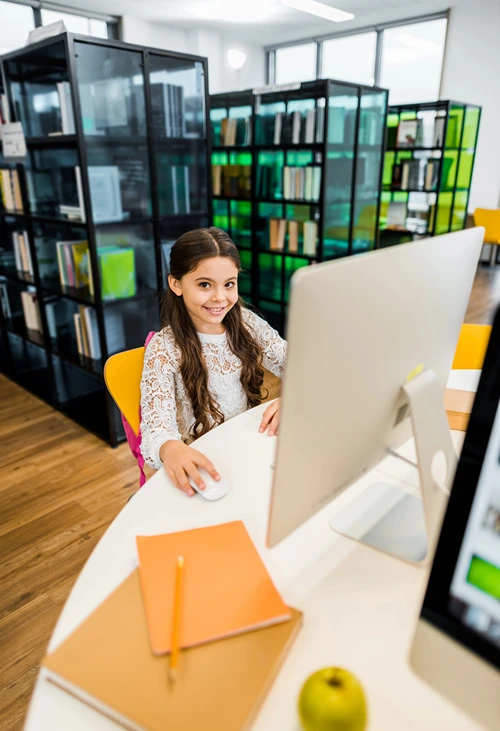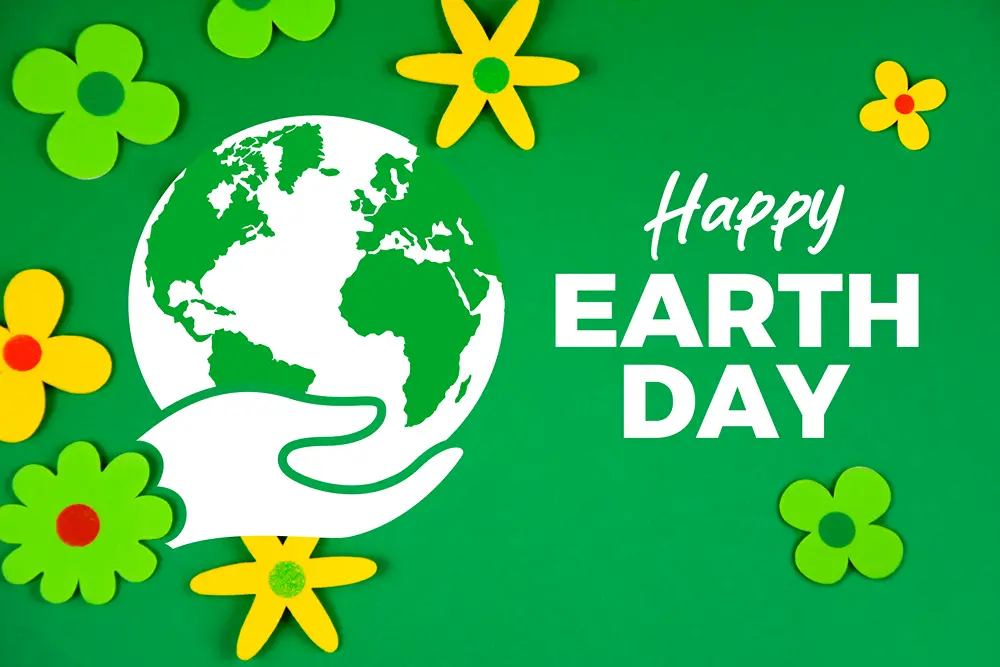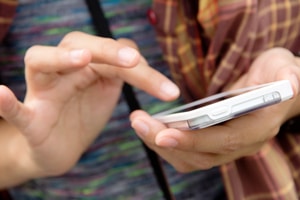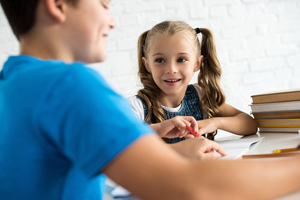Can Kids Use AI Art Generators? A Guide for Parents and Teachers
Artificial intelligence has rapidly transformed creative tools, and AI art generators—tools that turn text prompts into images—are now accessible to everyone, including children. But as with any emerging technology, parents and educators must weigh the benefits against potential risks.
This guide offers insights into how these tools work, the safety concerns they raise, and practical tips for integrating them into learning environments.
Understanding AI Art Generators
AI art generators like DALL-E and Midjourney are designed to create images based on user-provided descriptions. These tools can spark creativity by turning a child’s imagination into visual art in seconds. For example, CGDream, an AI image creator, makes it incredibly simple for kids to experiment with art—its easy prompting means users can take advantage of hundreds of Lora Styles to enhance short prompts, remix images effortlessly, and even create pictures by combining filters without complex prompt engineering.
For those interested in exploring more about such a tool’s capabilities, check out this powerful tool on Futurepedia for additional insights.
Safety and Ethical Considerations
When it comes to children using AI art generators, safety is paramount. Consider these key points:
- Content Filtering:
Most platforms incorporate safeguards to prevent inappropriate images, though their robustness varies. - Data Privacy:
Parents should investigate how these tools collect and store data, ensuring that their child’s privacy is respected. - Ethical Use:
Discussing copyright and artistic integrity is essential. Some worry that AI-generated art might misuse existing works or devalue human creativity.
Educational Opportunities and Challenges
For educators, AI art generators offer exciting ways to enhance creative projects and visual literacy. Teachers are already using these tools to spark discussions in art classes, creative writing, and interdisciplinary projects. Imagine a classroom activity where students experiment with different art styles or recreate classic characters consistently using image-to-image functions. Tools like the Disney Pixar AI generator for free further empower students by enabling them to create illustrations in a style reminiscent of beloved animated films—making creative projects both engaging and accessible.
At the same time, there are challenges. Over-reliance on AI might reduce hands-on practice with traditional art techniques, so it’s important to strike a balance that ensures technology enhances, rather than replaces, foundational skills.
Practical Guidelines for Parents and Teachers
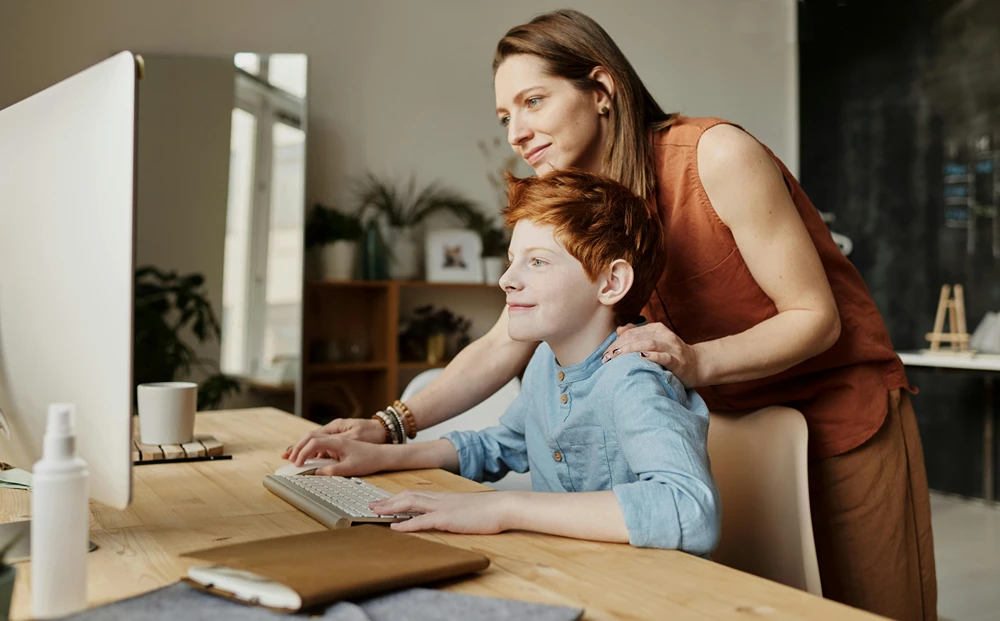
To navigate this new terrain, consider these strategies:
- Set Clear Boundaries:
Establish guidelines for when and how AI art generators can be used, and monitor usage without being overly intrusive. - Encourage Critical Thinking:
Use these tools as a conversation starter about art, creativity, and ethics. Ask students how they feel about the images generated and what they might change. - Stay Informed:
Keep abreast of industry updates and legal developments to ensure that your approach remains current and effective.
In conclusion, AI art generators offer exciting educational possibilities, but they must be used thoughtfully. With proper guidance and clear boundaries, both parents and teachers can help children explore these tools safely, harnessing their creative potential while understanding their limitations.

